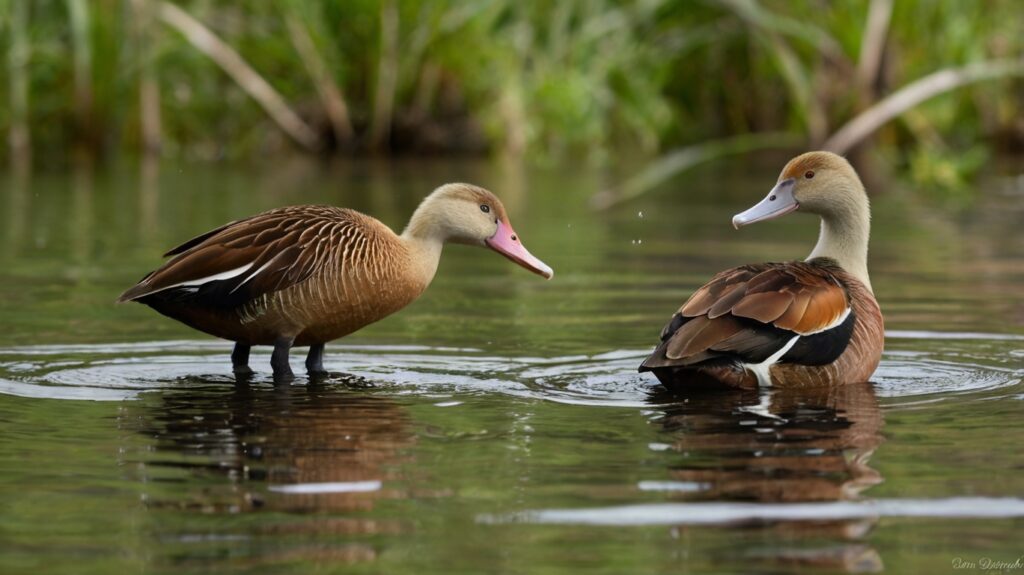Table of Contents
- Introduction
- Physical Characteristics
- Habitat and Distribution
- Behavior and Diet
- Reproduction and Lifespan
- Conservation Status
- FAQs
- Conclusion
Introduction
Whistling ducks, belonging to the Dendrocygninae subfamily, are a unique group of waterfowl known for their distinctive whistling calls. Unlike typical ducks, they exhibit traits of both ducks and geese, making them fascinating subjects for bird enthusiasts. This article explores their habitat, behavior, diet, and conservation efforts, providing a comprehensive overview of these remarkable birds.

Physical Characteristics
Whistling ducks are medium-sized birds with long legs, necks, and upright postures. Key features include:
- Size: 15–22 inches in length
- Plumage: Varied colors (chestnut, gray, black, or white)
- Bill: Slightly flattened, adapted for foraging
- Legs: Long, allowing them to perch on branches
Habitat and Distribution
These ducks thrive in tropical and subtropical regions, favoring:
- Wetlands (marshes, swamps)
- Lakes and ponds
- Rice fields and flooded grasslands
They are found in:
- Americas (Black-bellied and Fulvous Whistling Ducks)
- Africa (White-faced Whistling Duck)
- Asia and Australia (Wandering Whistling Duck)
Behavior and Diet
Social Structure
Whistling ducks are highly social, often seen in large flocks. They communicate via melodic whistles, especially during flight.
Feeding Habits
Their diet consists of:
- Seeds and grains
- Aquatic plants
- Small invertebrates (insects, snails)
Reproduction and Lifespan
- Breeding Season: Varies by region (often during rainy seasons)
- Nesting: In tree cavities or tall grasses
- Clutch Size: 8–12 eggs
- Lifespan: 6–12 years in the wild
Conservation Status
Most species are classified as Least Concern (IUCN), but threats include:
- Habitat loss (wetland drainage)
- Hunting and pollution
- Climate change impacts
Conservation efforts focus on wetland preservation and sustainable land use.
FAQs
1. Why are they called whistling ducks?
They produce whistling sounds instead of typical duck quacks.
2. Can whistling ducks fly?
Yes, they are strong fliers and often migrate seasonally.
3. Are whistling ducks kept as pets?
While possible, they require large spaces and wetland-like environments.
4. How many species of whistling ducks exist?
There are 8–10 recognized species, depending on classification.
Conclusion
Whistling ducks are captivating birds with unique vocalizations and adaptive behaviors. Protecting their wetland habitats ensures their survival for future generations. Whether observed in the wild or studied for their ecological role, these ducks remain a vital part of biodiversity.
